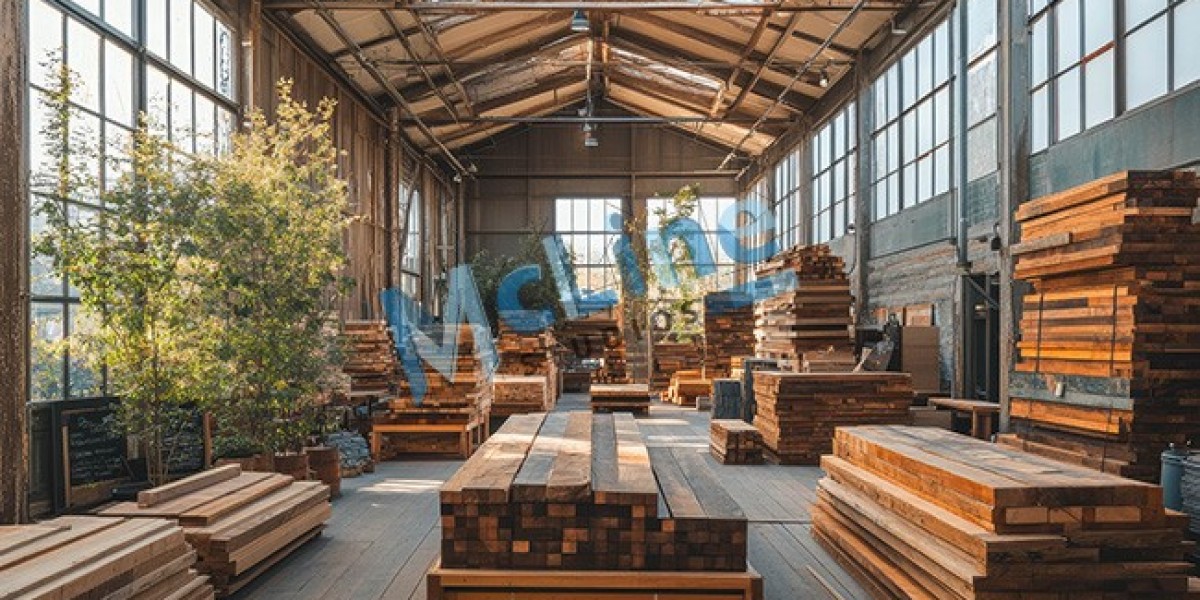In the world of construction and interior design, precision is everything—especially when it comes to millwork. From custom cabinetry and shelving to decorative wood panels and intricate fixtures, millwork elements demand detailed planning before fabrication begins. Traditionally, this planning relied on manual drafting and 2D shop drawings, which often left room for errors, miscommunication, and time-consuming revisions.
Today, however, technology is transforming how millwork shop drawings are created, shared, and executed. With advancements in CAD, BIM, 3D visualization, and automation, shop drawings are no longer static blueprints but dynamic tools that bridge the gap between design intent and flawless execution. These innovations are helping designers, fabricators, and contractors work more efficiently, reduce costly mistakes, and deliver high-quality results with greater speed and precision.
The Traditional Approach to Millwork Shop Drawings
Before technology changed the industry, millwork shop drawings were mostly prepared by hand or with basic drafting tools. Designers and drafters would use pencils, rulers, and paper to create detailed plans for cabinets, shelves, doors, and other woodwork elements. Later, 2D computer-aided design (CAD) software became popular, but it was still limited to flat, two-dimensional drawings.
This traditional process required a lot of time and attention to detail. Every measurement had to be drawn carefully, and even a small mistake could cause major problems during fabrication or installation. If changes were needed, the drawings often had to be redone from scratch, which delayed the project. Communication between architects, designers, fabricators, and contractors was also a challenge because everyone worked with separate sets of drawings that were not always updated at the same time.
Another drawback was the lack of visualization. Clients often struggled to understand how the final product would look because the drawings were technical and flat. This sometimes led to confusion, design disputes, or changes late in the process, adding extra costs.
Despite these challenges, traditional millwork shop drawings played a very important role in construction for many years. They provided the foundation for fabricators to turn design ideas into real, physical pieces. However, as projects became more complex and timelines tighter, the limitations of this approach highlighted the need for faster, more accurate, and collaborative methods—leading to the adoption of new technologies.
Key Technological Advancements Impacting Millwork Shop Drawings
Over the years, technology has brought many improvements to the way millwork shop drawings are created. These advancements have made the process faster, more accurate, and much easier for everyone involved.
One of the biggest changes is the use of Computer-Aided Design (CAD). Unlike hand-drawn plans, CAD allows drafters to make clean, precise drawings on a computer. Edits are quick, and measurements can be adjusted without redrawing everything from the beginning.
Another major advancement is Building Information Modeling (BIM). With BIM, millwork elements can be designed in 3D and placed directly into a digital model of the building. This helps designers and contractors see exactly how cabinets, panels, or furniture will fit within the space. It also reduces mistakes by spotting clashes with walls, plumbing, or electrical systems before construction starts.
3D rendering and visualization have also transformed the industry. Instead of flat drawings, clients can now see realistic images of their custom millwork. This makes it much easier to approve designs and avoid confusion later.
In addition, cloud-based tools allow teams to share and update drawings in real time. This ensures that everyone—designers, fabricators, and contractors—works with the latest version.
Benefits of Technology-Driven Millwork Shop Drawings
Technology has completely changed how millwork shop drawings are created and used, bringing many important benefits to designers, fabricators, and clients.
One of the biggest advantages is accuracy. Tools like CAD and BIM allow designers to create precise measurements and details. This reduces mistakes that could cause problems during fabrication or installation, saving time and money.
Time efficiency is another key benefit. Editing traditional drawings could take hours or even days, but with digital tools, changes can be made instantly. This means projects move faster, and deadlines are easier to meet.
Technology also helps in reducing costs. Accurate drawings and 3D visualizations prevent material waste and minimize the chances of rework. Fabricators know exactly what to cut, fit, or assemble, so resources are used efficiently.
Collaboration has improved greatly as well. Cloud-based platforms allow designers, architects, and contractors to work on the same drawings in real time. Everyone stays updated, reducing miscommunication and delays.
For clients, technology brings better visualization. 3D renders and realistic previews make it easier to understand the final product. Clients can approve designs confidently, which reduces changes later and keeps the project on track.
Real-World Applications & Case Examples
Technology-driven millwork shop drawings are no longer just a concept—they are widely used in real projects to make design, fabrication, and installation easier and more accurate.
For example, in a residential project, a designer used 3D CAD and BIM to create custom kitchen cabinets and wardrobes. By placing all the furniture and panels in a digital 3D model of the home, the designer could see exactly how everything would fit. This helped the client understand the design better and approve it quickly. It also prevented mistakes like cabinets clashing with doors or walls.
In commercial projects, such as offices or hotels, millwork shop drawings linked to CNC machines have saved a lot of time. Fabricators used the digital drawings to cut panels and furniture pieces directly from machines, ensuring precision and reducing material waste. This method also allowed multiple items to be produced quickly, meeting tight deadlines without compromising quality.
Another example is the use of cloud-based collaboration tools for large projects. Architects, designers, and contractors worked on the same digital drawings in real time. When a change was made in the design, everyone saw it immediately. This improved communication and avoided errors caused by outdated drawings.
Even small-scale workshops now benefit from technology. They can create accurate shop drawings, produce parts faster, and provide realistic previews to clients, improving satisfaction and trust.
The Future of Millwork Shop Drawing Services
The future of millwork shop drawing services looks very exciting as technology continues to evolve. New tools and software are making the process faster, more accurate, and more collaborative than ever before.
One major trend is artificial intelligence (AI). AI can help designers create shop drawings automatically by suggesting layouts, measurements, and even material options. This reduces repetitive work and speeds up the design process, allowing designers to focus on creativity and problem-solving.
Augmented reality (AR) and virtual reality (VR) are also becoming important. These tools allow clients to “walk through” a space and see how cabinets, panels, and furniture will look before fabrication. It helps clients make decisions faster and avoids mistakes or changes during construction.
Digital twins are another emerging trend. A digital twin is a virtual model of a building or project that is updated in real time. Designers and contractors can use it to monitor how millwork fits into the building and plan maintenance or future modifications more easily.
Automation in fabrication, such as CNC and robotic cutting, will continue to grow. Digital shop drawings can directly guide machines, improving precision, reducing waste, and speeding up production.
Overall, the future of millwork shop drawings will be more intelligent, interactive, and connected. Designers, fabricators, and clients will work together more efficiently, projects will be completed faster, and the quality of custom millwork will continue to rise. Embracing these technologies today will ensure success in the projects of tomorrow.
Our Thoughts
Technology has truly transformed the way millwork shop drawings are created, shared, and executed. What was once a time-consuming, error-prone process of hand-drawn plans has evolved into a precise, collaborative, and efficient workflow powered by CAD, BIM, 3D visualization, cloud tools, and automation. These advancements not only improve accuracy and save time but also reduce costs, enhance collaboration, and provide clients with clear, realistic previews of their projects.
Real-world examples show how technology benefits projects of all sizes—from residential kitchens to large commercial spaces—ensuring that designs are executed flawlessly and on schedule. Looking ahead, innovations like AI, AR/VR, digital twins, and robotic fabrication promise to make millwork shop drawings even smarter, more interactive, and better integrated into every stage of the construction process.
For designers, fabricators, and clients alike, embracing these technological tools is no longer optional—it’s essential for achieving high-quality results, minimizing mistakes, and streamlining workflows. By combining creativity with digital precision, the future of millwork shop drawings is set to deliver faster, more efficient, and visually accurate solutions that bring design visions to life with confidence and ease.













